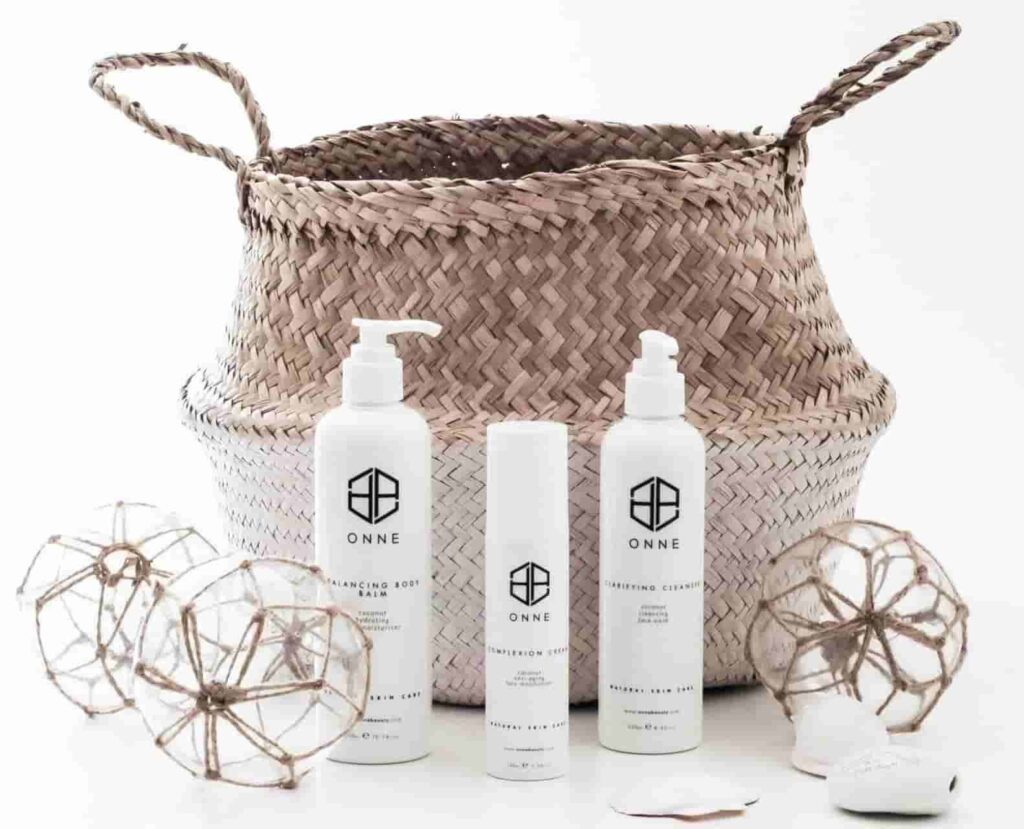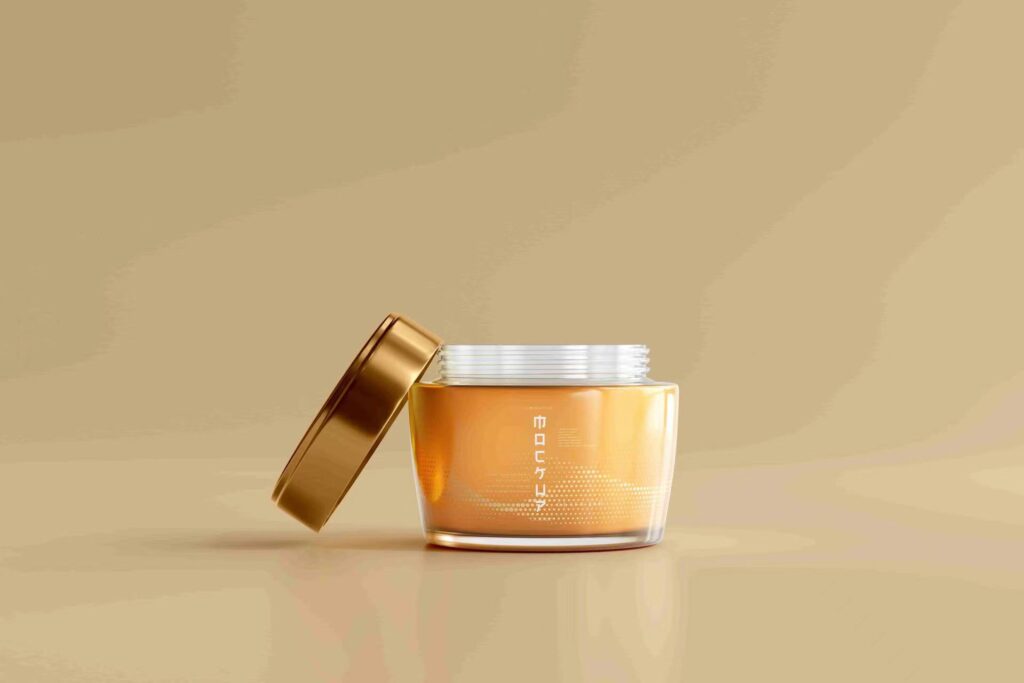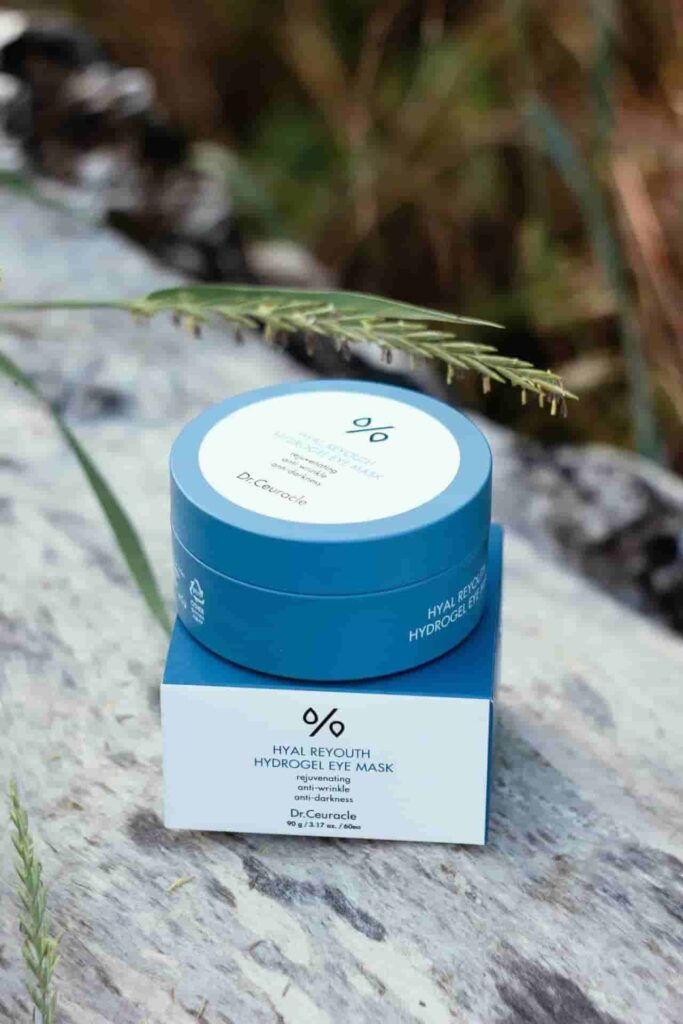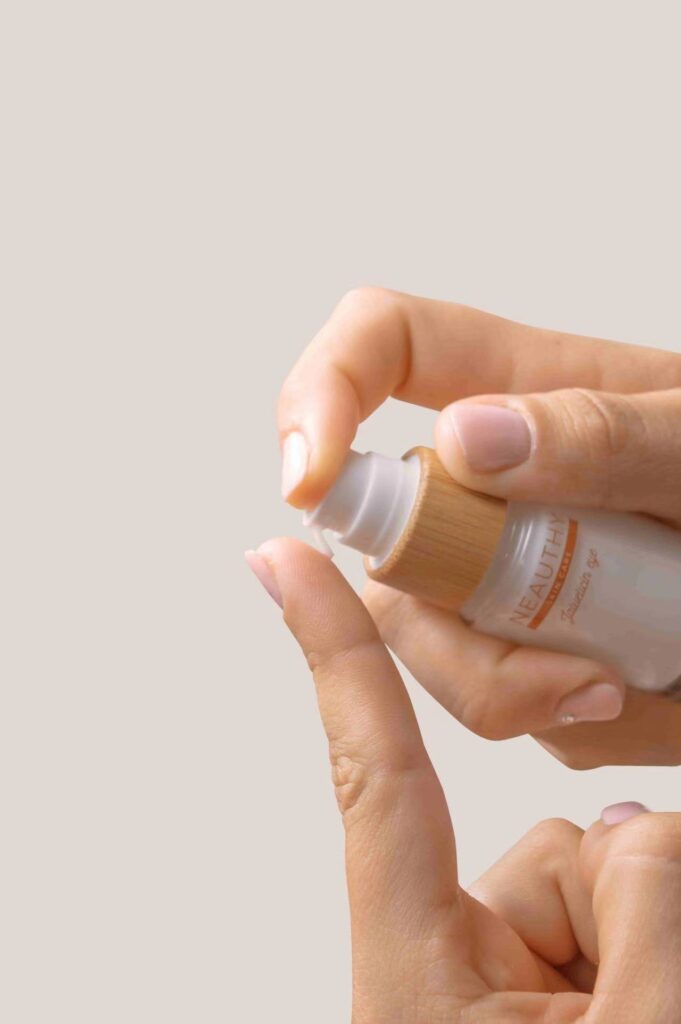When it comes to packaging cosmetics, the decision between jars and bottles is more than just a matter of preference. It’s a crucial choice that can significantly impact your product’s success. Each type of container offers unique advantages and presents specific challenges, and understanding these nuances is essential for making an informed decision. In this blog, we will delve into the intricacies of cosmetic jars and bottles, highlighting their respective benefits and drawbacks. We’ll also discuss the key factors to consider when selecting the ideal packaging for your cosmetics, ensuring that your choice aligns with your product’s needs, brand identity, and consumer expectations.

Section 1 The Importance of Packaging in the Cosmetic Industry
Packaging in the cosmetic industry is far more than a mere aesthetic choice. It serves as a vital component in preserving product integrity, enhancing user experience, and reinforcing brand identity. Given the competitive nature of the beauty market, where consumers often make purchasing decisions based on first impressions, the right packaging can significantly influence a product’s success. Let’s explore the key reasons why packaging is so important:
1.1 Product Protection
Packaging acts as a barrier against environmental factors such as air, light, and moisture, which can degrade the quality of cosmetic products. This protection ensures that the product remains effective and safe for use throughout its shelf life.
Effective packaging prevents contaminants such as bacteria, dust, and other foreign particles from entering the product. This is especially crucial for products applied to the skin, where purity and safety are paramount.
1.2 Brand Representation
The packaging is often the first interaction a consumer has with a product. A well-designed package can attract attention and convey the product’s quality and luxury, setting it apart from competitors on the shelf.
Packaging reflects a brand’s identity and values. For instance, eco-friendly packaging materials can highlight a brand’s commitment to sustainability, while sleek, modern designs can communicate a focus on innovation and sophistication.
Consistent packaging design across a product range helps build brand recognition and loyalty. It ensures that consumers can easily identify a brand’s products, fostering trust and familiarity.

1.3 User Experience
The functionality of the packaging greatly influences how consumers interact with the product. Features like pumps, droppers, or wide-mouth jars can enhance convenience and satisfaction by making the product easier to dispense and apply.
High-quality packaging can enhance the perceived value of a product. Consumers are often willing to pay more for products that come in attractive, durable, and functional containers.
Packaging should be designed with the end-user in mind, ensuring that it is easy to open, use, and store. This is particularly important for consumers with disabilities or those seeking products for on-the-go use.
1.4 Regulatory Compliance
Cosmetic packaging must comply with various regulations to ensure consumer safety and product integrity. This includes labeling requirements, material safety, and proper sealing to prevent tampering.
Regulations often require that packaging provides clear information about the product’s ingredients, usage instructions, and potential allergens. This transparency helps consumers make informed choices and ensures they use the product safely.
Increasingly, regulatory bodies are setting standards for sustainable packaging practices. Brands must navigate these requirements to minimize their environmental footprint while maintaining compliance.
Section 2 Cosmetic Jars
Cosmetic jars are a popular choice for a variety of products, particularly those with thicker consistencies, such as creams, balms, and scrubs. Let’s delve into the pros and cons of using jars.
2.1 Advantages of Cosmetic Jars
▶Ease of Use:
○ Accessibility: Wide openings make it easy to scoop out the product.
○ Versatility: Suitable for various product consistencies, from thick creams to granular scrubs.
▶Refillable and Reusable:
○ Sustainability: Many cosmetic jars can be refilled and reused, appealing to eco-conscious consumers.
○ Customization: Users can mix and match or customize the contents.
▶Aesthetic Appeal:
○ Design Flexibility: Jars offer a broad canvas for creative designs and labeling.
○ Luxury Feel: Often associated with high-end, luxurious products.

2.2 Disadvantages of Cosmetic Jars
▶Contamination Risk:
○ Exposure: Frequent opening exposes the product to air and contaminants.
○ Hygiene: Users must use clean hands or tools to avoid contamination.
▶Portability Issues:
○ Bulkiness: Jars are generally bulkier and less portable than bottles.
○ Spillage: Higher risk of spillage, especially with liquid or semi-liquid products.
▶Product Waste:
○ Residue: Product can get stuck at the bottom or edges, leading to waste.

Section 3 Cosmetic Bottles
Cosmetic bottles are widely used for liquid and semi-liquid products like lotions, serums, and oils. Here’s an in-depth look at their advantages and disadvantages.
3.1 Advantages of Cosmetic Bottles
▶Hygienic Dispensing:
○ Controlled Dispensing: Pumps, droppers, and sprays minimize contact with the product.
○ Reduced Contamination: Less risk of contaminating the product with hands.
▶Portability:
○ Compact: Bottles are generally more compact and easier to carry.
○ Secure: Less likely to spill, making them travel-friendly.
▶Preservation:
○ Air-Tight: Many bottles have air-tight seals, preserving the product’s integrity.
○ Extended Shelf Life: Reduced exposure to air prolongs the product’s shelf life.

3.2 Disadvantages of Cosmetic Bottles
▶Accessibility Issues:
○ Limited Access: Difficult to get every last drop out of the bottle.
○ Consistency Limitation: Not ideal for very thick products.
▶Environmental Impact:
○ Single-Use: Many bottles are designed for single-use, leading to more waste.
○ Material Use: Often made from plastics, which are less eco-friendly.
▶Design Constraints:
○ Label Space: Less surface area for labels and branding.
○ Shape Limitations: Fewer design options compared to jars.

Section 4 Factors to Consider When Choosing Between Jars and Bottles
4.1 Product Consistency
○ Thick Products: Jars are ideal for thick creams, balms, and scrubs.
○ Liquid Products: Bottles are better for lotions, serums, and oils.
4.2 User Experience
○ Application Method: Consider how the user will apply the product. Jars are suitable for products that are scooped or dabbed, while bottles work well for products that are pumped, sprayed, or poured.
○ Portability: If the product is intended for travel, bottles might be more convenient.
4.3 Environmental Impact
○ Sustainability: Refillable jars may be more appealing to eco-conscious consumers.
○ Material Choice: Consider the recyclability and environmental footprint of the packaging materials.
4.4 Brand Image
○ Aesthetic Appeal: Choose packaging that aligns with your brand’s image and target audience.
○ Luxury vs. Practicality: High-end brands might prefer the luxurious feel of jars, while practical brands might opt for the convenience of bottles.
Section 5 Comparative Chart
Below is a chart summarizing the key differences between cosmetic jars and bottles:
Criteria | Cosmetic Jars | Cosmetic Bottles |
Ease of Use | Wide opening, easy to scoop | Controlled dispensing, hygienic |
Portability | Bulky, higher risk of spillage | Compact, travel-friendly |
Product Types | Thick creams, balms, scrubs | Lotions, serums, oils |
Contamination Risk | Higher risk, frequent exposure | Lower risk, minimal exposure |
Environmental Impact | Often refillable and reusable | Often single-use, more waste |
Design Flexibility | More surface area for labels, luxury feel | Limited label space, practical design |
Product Waste | More residue left in the container | Difficult to get every last drop |
Conclusion
Choosing between cosmetic jars and bottles depends on various factors including the product consistency, user experience, environmental impact, and brand image. Both packaging types have their unique advantages and disadvantages, making them suitable for different products and consumer preferences.
▶Key Takeaways
○ Understand Your Product: Consider the consistency and application method.
○ Prioritize User Experience: Think about how consumers will use and carry the product.
○ Consider Environmental Impact: Choose sustainable options when possible.
○ Align with Your Brand: Select packaging that reflects your brand’s identity and appeals to your target audience.
By carefully considering these factors, you can choose the right packaging for your cosmetics, ensuring that your products stand out on the shelf and meet the needs of your customers.











